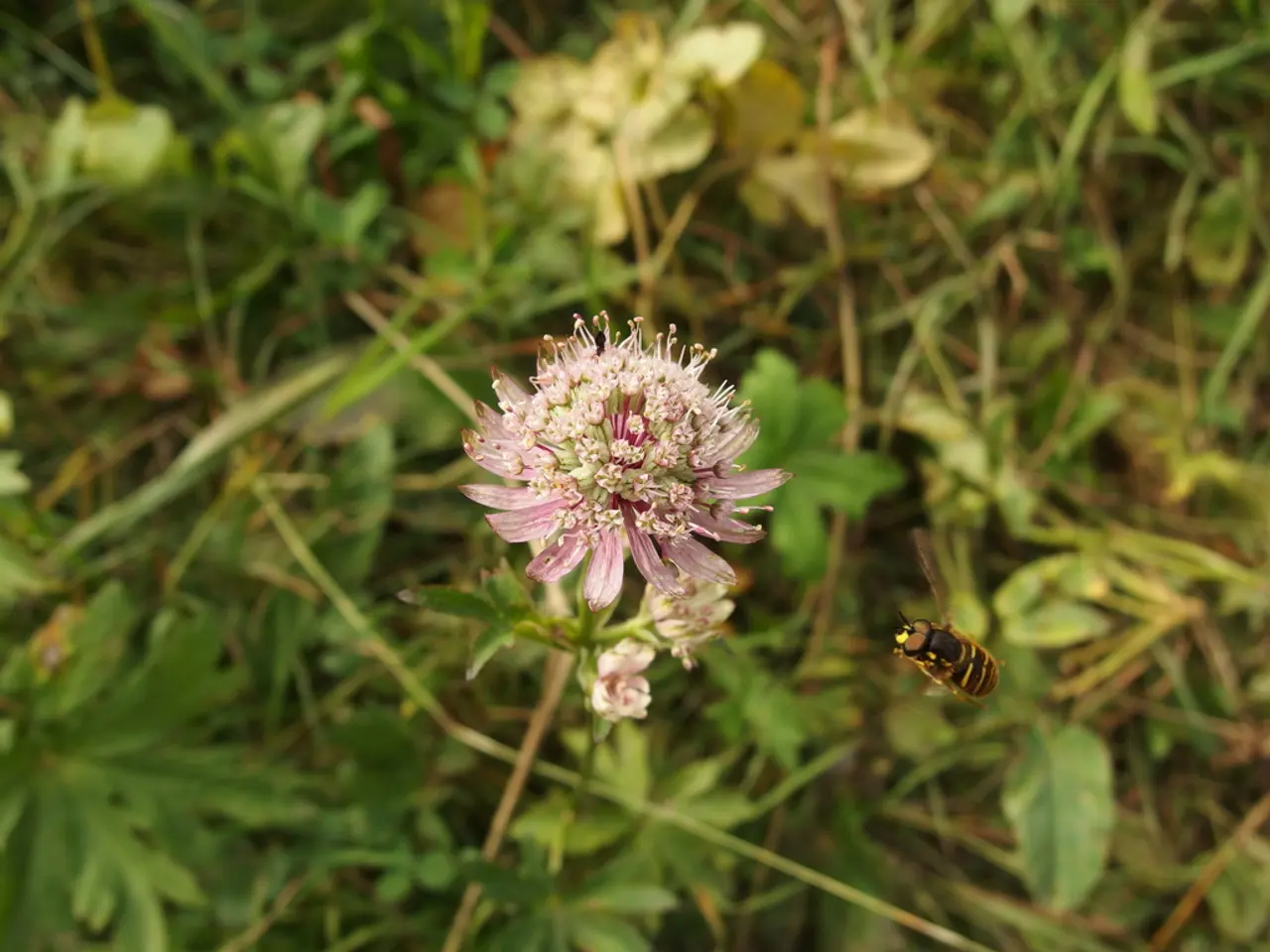Unveiling Hidden Risks: Potential Threats of Soil to Plant Pathogens
Plant diseases can pose a significant threat to agriculture, affecting crop yields and, consequently, food security. In this article, we delve into the various ways these diseases can originate and spread.
Fungal spores, tiny structures that aid in fungal reproduction and survival, are released into the air, water, or soil, or carried by animals. These spores can enter plants through root tissue, with fungal pathogens like verticillium wilt being a prime example. These pathogens can also be spread by sap-feeding beetles attracted to the fruity odor produced by fungal mats under the bark.
Plant viruses, too, can pose a threat. Some can be transmitted vertically from parent to offspring through seeds, serving as a long-term reservoir for the virus.
Contaminated irrigation water is another source of disease for plants. Bacterial wilt in tomato plants, for instance, can result from such contamination. Moreover, transplants can also introduce pathogens to farms, much like seeds.
Insects play a role in the spread of plant pathogens as well. By feeding on infected plants and then moving on to feed on healthy plants, they can transmit diseases.
Rainfall events can increase the availability of water to phyllosphere microbes, allowing them to grow and multiply, potentially leading to pathogen outbreaks. High humidity, a common result of rain, can promote disease outbreaks in plants, providing favorable conditions for pathogen proliferation. Rain also triggers spore release, and the moist soil and leaf conditions that follow a rain event contribute to an increase in airborne fungal spore densities.
Soil factors, such as pH, moisture, temperature, and nutrient levels, can also contribute to disease outbreaks. Soil-borne pathogens can be spread through the movement of wind and water, and if infested soil or contaminated water moves into other fields or planting areas, they can spread there as well.
Contaminated equipment used for planting, trellising, pruning, and harvesting can also spread pathogens. Fungi have developed methods to reduce drag on their spores, allowing them to spread farther. Bacteria and fungal spores can be transferred by wind and rain, and pathogens can be introduced to plants through contaminated water used for irrigation or drinking, especially during flooding.
Insects are not the only carriers of plant viruses. Aphids transmit viruses causing mosaic diseases, while whiteflies spread viruses like tomato yellow leaf curl. Leafhoppers transmit phytoplasmas causing yellows diseases, and thrips spread tospoviruses such as tomato spotted wilt.
Warmer air temperatures are positively correlated with high airborne spore densities of Alternaria spp., Cladosporium spp., and Epicoccum spp.
In summary, understanding the origins and spread of plant diseases is crucial for effective prevention and control strategies. By knowing how diseases are transmitted, farmers can take steps to minimise their impact on crops and maintain healthy, productive fields.








